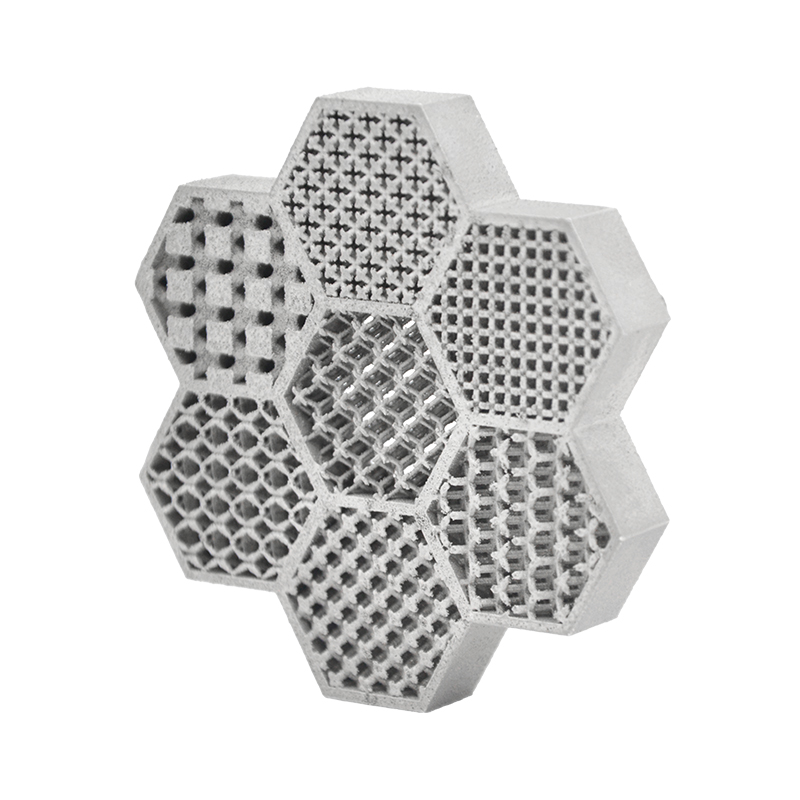3D printing has revolutionized the medical field, offering innovative solutions for both practitioners and patients. One of the most significant applications is the creation of custom prosthetics and implants. Traditionally, prosthetics were one-size-fits-all, leading to discomfort and poor fit. However, with 3D printing, medical professionals can create tailored prosthetic limbs that match the exact measurements of a patient, improving functionality and comfort.
In addition to prosthetics, 3D printing is increasingly used to produce surgical models. Surgeons can utilize 3D-printed replicas of a patient’s anatomy based on imaging data such as CT or MRI scans. This allows for preoperative planning, enabling surgeons to practice complex procedures before entering the operating room, thus reducing surgery time and improving outcomes.
Another groundbreaking application is the development of bioprinting, where living cells are printed to create tissue and organ structures. While still in experimental stages, this technology holds the potential to address the critical shortage of organ donors by producing functional organs for transplantation. Furthermore, 3D-printed tissues can be used for drug testing, allowing for more accurate assessments of how new medications will interact with human tissues.
3D printing also enables the production of patient-specific surgical instruments. These tools can be designed to fit the unique requirements of a particular procedure, enhancing precision and safety during operations. Additionally, the ability to produce these instruments on-demand reduces costs associated with inventory and storage.
The integration of 3D printing in medicine not only enhances patient care but also paves the way for further innovations. As the technology continues to evolve, it promises to improve surgical precision, reduce recovery times, and ultimately save lives.






